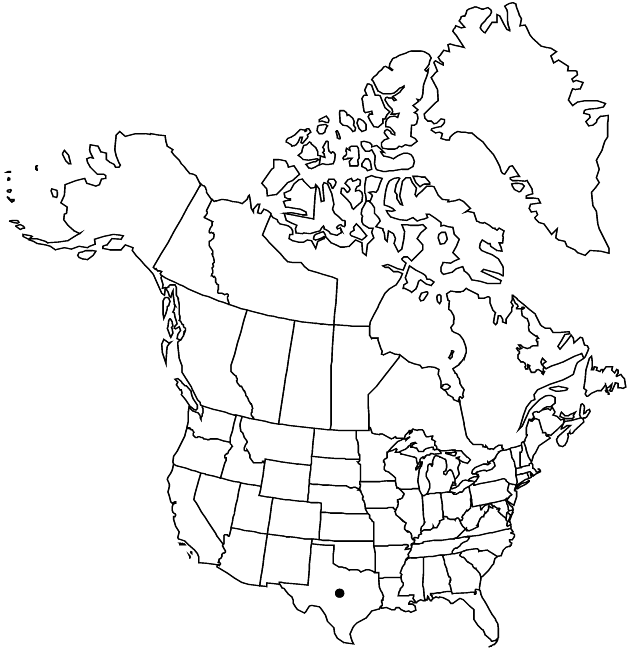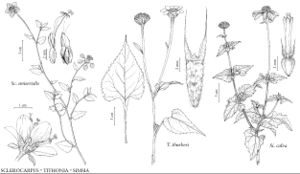Difference between revisions of "Sclerocarpus uniserialis"
Biol. Cent.-Amer., Bot. 2: 164. 1881.
Illustrated
Basionym: Gymnopsis uniserialis Hooker Icon. Pl. 2: plate 145. 1837
Synonyms: Sclerocarpus uniserialis var. austrotexanus B. L. Turner
Treatment appears in FNA Volume 21. Treatment on page 137.
imported>Volume Importer |
imported>Volume Importer |
||
| Line 60: | Line 60: | ||
|publication year=1881 | |publication year=1881 | ||
|special status=Illustrated | |special status=Illustrated | ||
| − | |source xml=https:// | + | |source xml=https://bitbucket.org/aafc-mbb/fna-data-curation/src/2e0870ddd59836b60bcf96646a41e87ea5a5943a/coarse_grained_fna_xml/V19-20-21/V21_334.xml |
|tribe=Asteraceae tribe Heliantheae | |tribe=Asteraceae tribe Heliantheae | ||
|subtribe=Asteraceae (tribe Heliantheae) subtribe Helianthinae | |subtribe=Asteraceae (tribe Heliantheae) subtribe Helianthinae | ||
Latest revision as of 21:11, 5 November 2020
Stems often densely hairy (hairs whitish, pustule-based, antrorse-appresssed, stiff). Leaf blades 2–5 cm, margins toothed mostly distally, apices acute. Peduncles 3–10 cm. Ray laminae rotundly elliptic, 5–15 mm. Disc corollas usually yellow with reddish veins (sometimes purple). Cypselae: perigynia brown, ± warty. 2n = 24.
Phenology: Flowering late summer–winter.
Habitat: Disturbed sites, caliche, limestone, and sandy soils
Elevation: 0–300 m
Distribution
Loading map...

Tex., Mexico, Central America (Guatemala).
Discussion
Of the four varieties sometimes recognized within Sclerocarpus uniserialis, only var. uniserialis and var. austrotexanus B. L. Turner occur within the flora area. Variety austrotexanus is said to differ by having the disc corollas longer and more uniformly purple and by growing mainly on dunes.
Selected References
None.
Lower Taxa
None.
